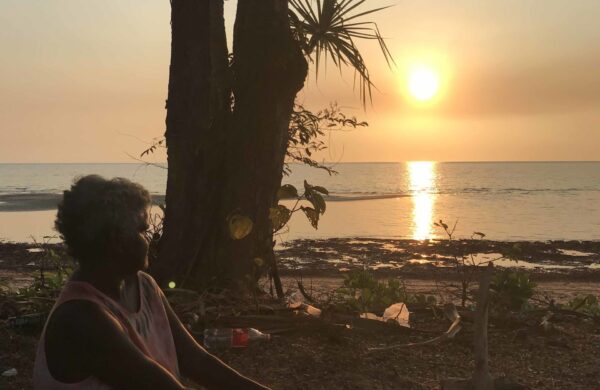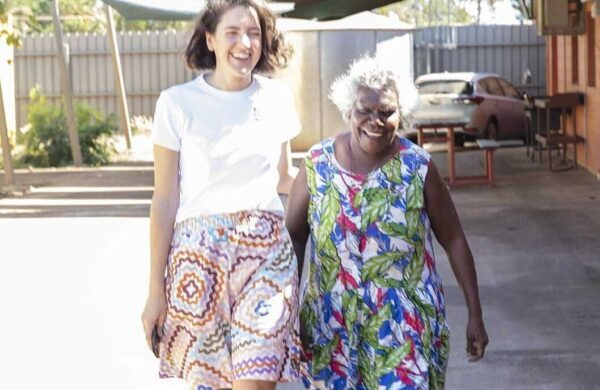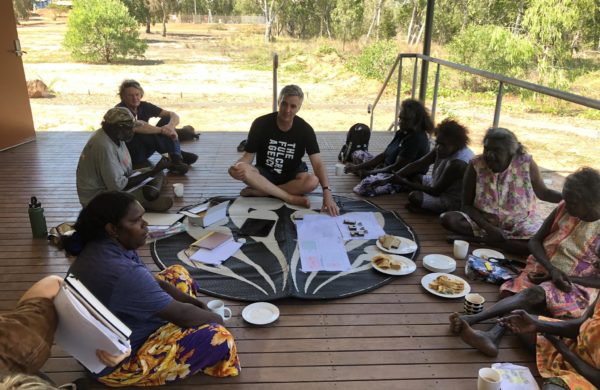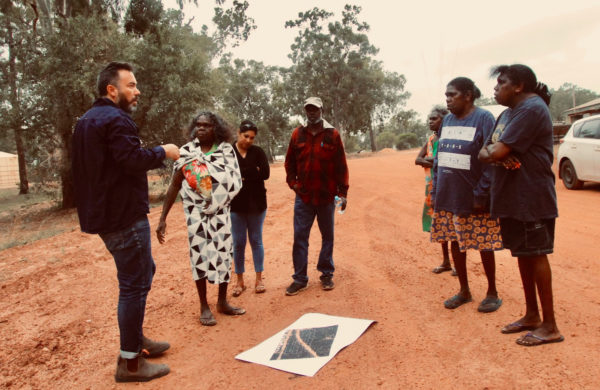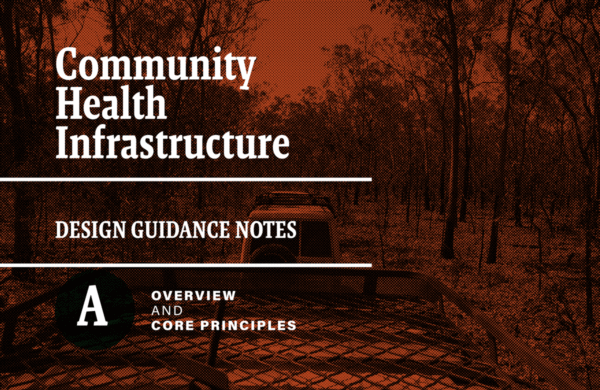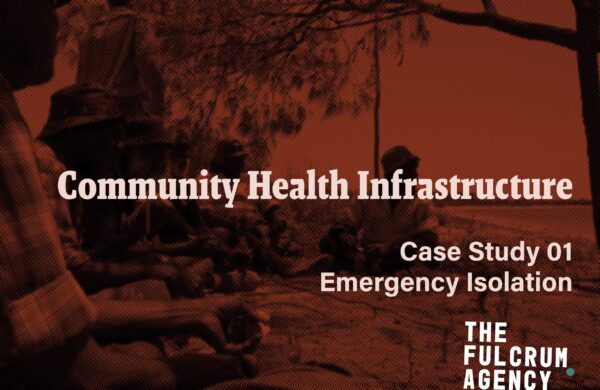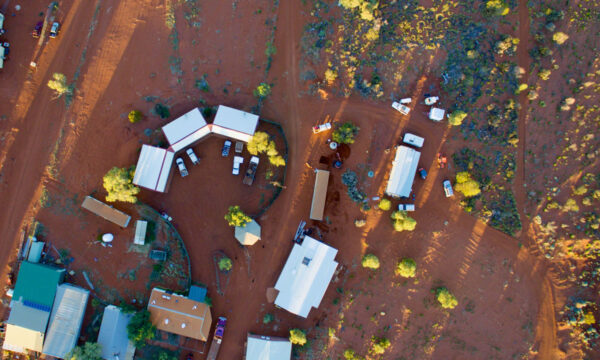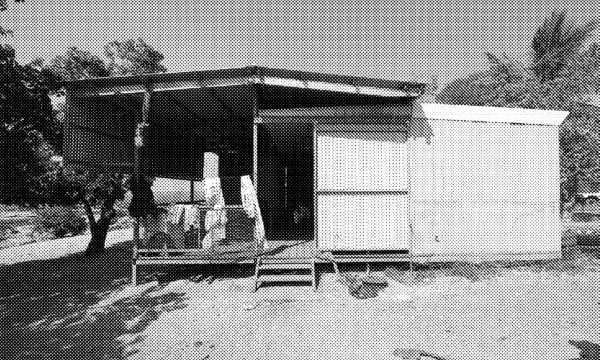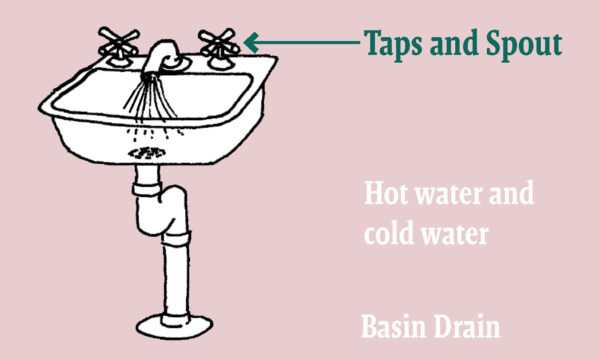
Agency____COVID-19
The COVID-19 pandemic presented a grave threat to the health and well-being of First Nations communities. More than any other Australians, Indigenous peoples were at greater risk due to higher rates of morbidity, poor housing and community infrastructure, and limited access to safe shelter-in-place options. Issues of household crowding and decades of government underfunding had resulted in communities being ill-prepared to face a pandemic.
Indigenous Community Health Organisations responded with urgency and agency; the early lockdown of communities and the implementation of ‘hard borders’ prevented widespread transmission. However, the underlying risk factors present in remote Indigenous communities have not changed since the onset of the pandemic. COVID-19 has shone a light on the vast disparity between Indigenous and non-Indigenous communities.
Our agency stands in support of community-led organisations (such as housing, health and human services) on the front line of this challenge. We have developed a series of resources, surveys and guides that create a pathway to allow residents to remain safely on Country through place-based responses to the crisis. We used these resources to support our advocacy to the government for better health and housing outcomes across all First Nations communities.
Our agency is equipped to provide assistance to empower and inform communities to advocate and make decisions for themselves, based on the needs of their own people. We have compiled a series of writings, resources and case studies that do just that. Our work has been reviewed and enhanced by a range of First Nations organisations, and we are grateful for their time and attention given the enormous challenges they face within their communities and Nations.
Please reach out if you have any questions or would like assistance on matters related to Community Health Infrastructure.
Writing
The World Health Organisation and the Peter Doherty Institute have forecast the likelihood of future pandemics, suggesting that we are entering an era of high-impact and fast-spreading disease. The need to address structural inequities and provide quality Community Health Infrastructure in First Nations communities is now critical.
We have refined our thinking on how this pandemic has impacted and could further impact Indigenous communities across Australia. We have been reflecting on the broader work of our agency, specifically how we can make positive impacts and deliver community benefits.
Articles / Blog
Resources
The Fulcrum Agency has prepared two documents to assist remote communities, designers, and support organisations in responding to the challenges of COVID-19.
The first is a Design Guidance Note entitled ‘Overview and Core Principles’, developed with POD (People Orientated Design), to guide the design of Community Health Infrastructure in regional and remote communities. That is the temporary and permanent infrastructure that enables community-wide Healthy Living Practices. It includes environmental health elements that support community wellbeing and safety, such as water and sanitation and temporary quarantine or isolation accommodation.
The second document is a case study of a project we undertook with the Martu communities in the East Pilbara. TFA was engaged to manage the installation of temporary accommodation units (aka dongas) to house people isolated with Covid-19. The purpose was to provide safe accommodation on Country and close to family. The placement of the dongas was not as straightforward as you might think. We drew on the advice and knowledge of the local community, coupled with our expertise in remote environments to deliver a project with long-term potential.
Both documents are freely available for communities to use as they see fit. We welcome feedback. Please don’t hesitate to get in touch at info@thefulcrum.agency.
